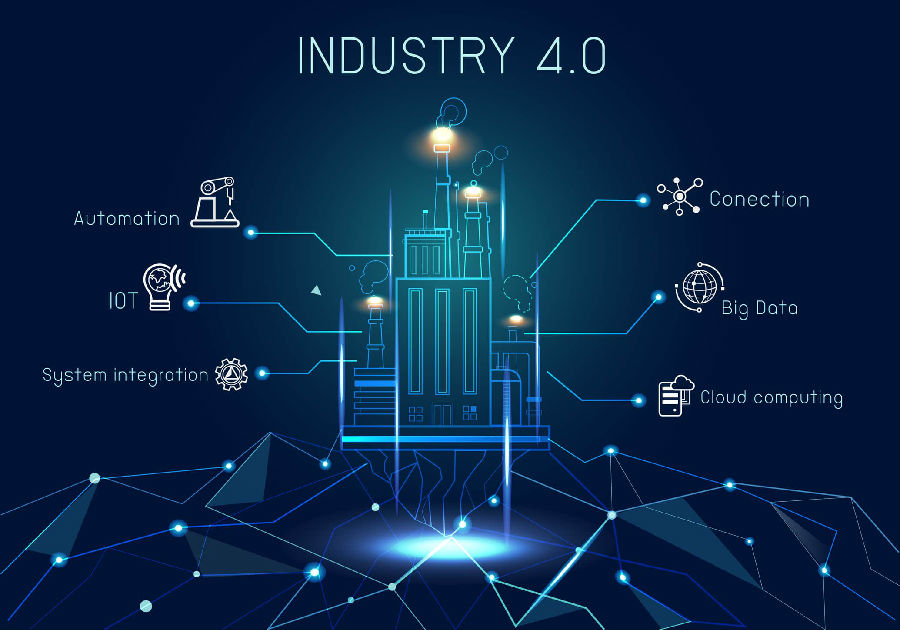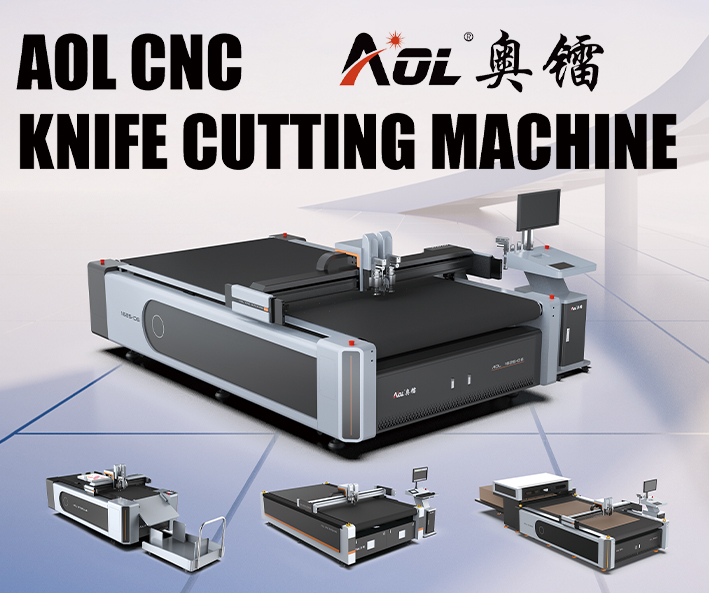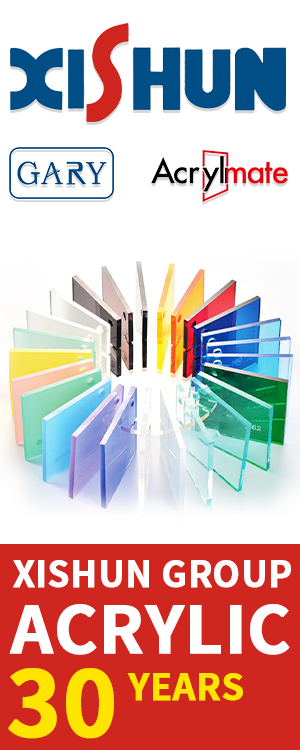Robots have been in factories for decades — but what if they could talk to one another and interact with products on the assembly line in real-time? What if they could communicate with a whole network of internal and external computers, as well as with humans?
In this futuristic scenario, speed, productivity and flexibility would greatly increase. You would be able to catch production errors as they occur, and you could easily tailor small batches of your product to different sets of customers, simply by tweaking an algorithm.
Well, this concept is closer to becoming a reality than you’d think.

This idea is the premise of Industry 4.0, a “fourth industrial revolution” envisioned by the German industrial leaders in the process of developing it. The new paradigm involves using the cloud, big data, simulation, autonomous robots, and the Internet of Things to create the integrated, automated, fast, and highly customizable production system of the future. It’s manufacturing for the new world of work, and it has ramifications that extend across businesses in all fields.
The steam engine in the nineteenth century signaled the first industrial revolution, followed by electricity, then in the 1970s, the use of computers. But industry hasn’t made any great leaps forward since then. Instead, progress has come at the consumer level, with the explosion of mobile devices and e-commerce.
But that will change over the next 20 years, proponents of Industry 4.0 say, and factories will become centers of innovation as they adopt techniques of the 4.0 model.
Breaking it down
Does it all still sound a little fuzzy? A study by Boston Consulting Group (BCG)1 identifies nine basic areas that define the parameters of Industry 4.0:
Big data and analytics – Tons of data on product specifications, development and production can be easily accessed and will be used to make quick changes. That is made possible by…
The cloud – Of course, companies are already using cloud-based software. But 4.0 will allow for information sharing across both internal and external sites in milliseconds, including the systems that monitor and control industrial processes.
Autonomous robots – They will interact with one another, play nicely with humans, and be able to do more things. They’ll also be cheaper.
3-D simulation – Sophisticated simulation systems will use real-time data for modelling, leading to faster, better targeted innovation.
System integration – Companies, departments, functions and capabilities will all be linked through data networks.
Internet of Things – Products on the assembly line will contain information telling the machines making them what to do.
Augmented reality – Workers will receive real-time instructions while repairing parts through Google Glass-type technology. This technology will also be used for training.
Additive manufacturing – 3-D printing will enable manufacturers to produce small batches of customized products, reducing shipping costs and inventory stockpiles.
Cybersecurity – With all systems connected, threats will dramatically increase, creating a need to develop more sophisticated security systems.
What does it look like?
As an example, consider bottles traveling along an assembly line. But they’re not normal bottles. Each contains an RFID chip that tells the machines processing it which liquid to pour in, which label to slap on, and which lid to use. At the end of the line, a computer checks to make sure the process was completed correctly.
How 4.0 will help you
Today’s customers increasingly crave products tailored to their specific needs and wants. The flexibility and connectivity of the 4.0 system will make it easy for you to satisfy them at an affordable price. You’ll also be able to innovate and bring new products to market more quickly. In today’s fast-changing, hyper-competitive world, speedy product updates that meet customer demands can make the difference between striking gold — or going out of business.









